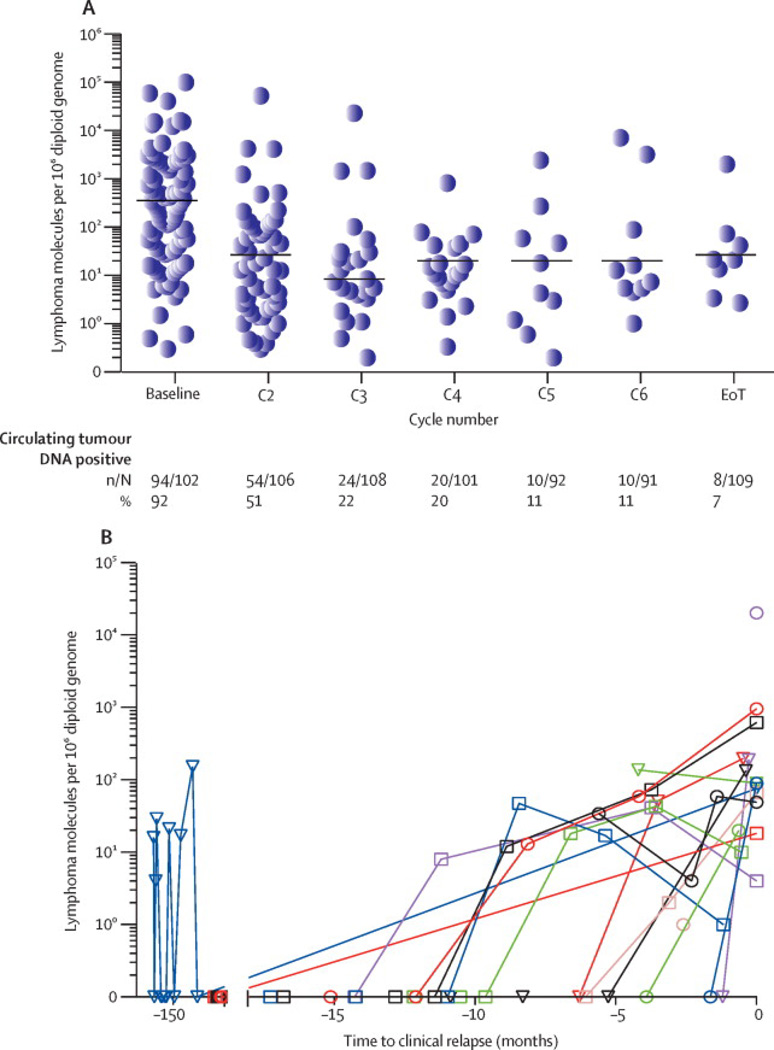Figure 3. Circulating Tumor DNA Time Points and Kinetics.
A. Tram stop showing ctDNA outcome of patients with early progression within 6 months of treatment completion. Time starts from pretreatment. Coded identification number shown for each patient. (*) Identifies patients who received rituximab. B. Tram stop showing outcome of all patients who completed treatment and either did not progress or had progression at least 6 months after treatment. Time starts from end of treatment (EoT). Coded identification number shown for each patient. (*) Identifies patients who received rituximab. One patient recurred with a leukemic clone detected by flow cytometry (FCM). In case #177, two clonal sequences (IGH-DJ and IGK) were initially detected, but the IGK clonotype sequence (subclone) was not considered sufficiently unique to ensure a low false positive rate (< 0.001). The biopsy sample at relapse and the two previous samples only contained the IGK clonotype, which was detected after the analysis was unblinded. The case was classified as ctDNA negative for the overall analysis as the clone was intentionally not prospectively followed. This case illustrates clonal heterogeneity and the utility of following more than one clonotype. This is an area for further optimization of the technology. Two patients (#35, 62) developed single low-level positive ctDNA during surveillance and did not have clinical progression. Separate samples from the same time points were reanalyzed in both cases and were negative for ctDNA as indicated on the tram stop, suggesting these were false positive. C. Quantitative ctDNA dynamics during treatment for all patients with detectable ctDNA. D. Quantitative ctDNA dynamics for patients who recurred post-treatment (N=17). Color and symbols represent individual patient ctDNA kinetics. X-axis shows time (months) to relapse normalized to time of clinical recurrence.

